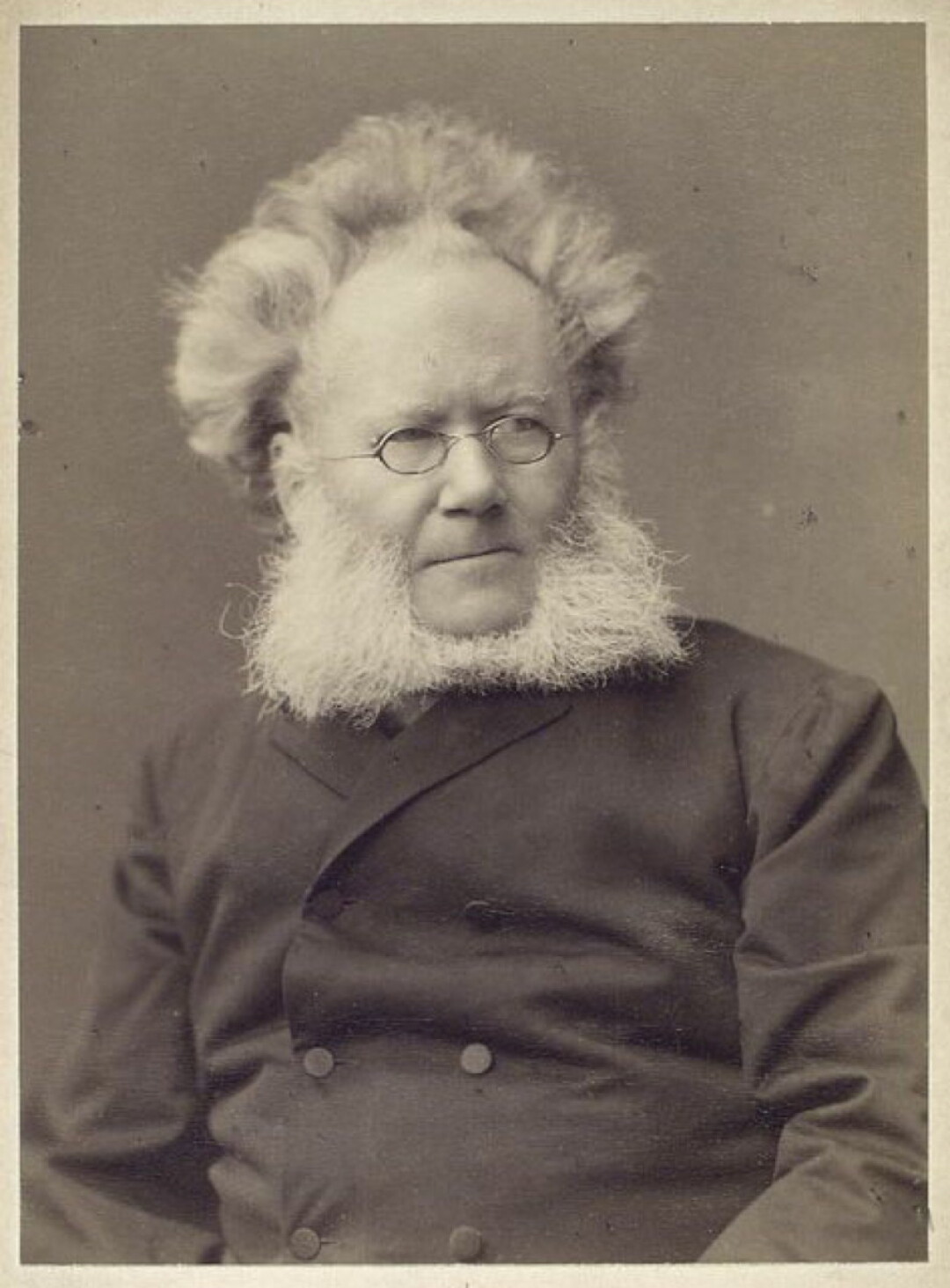Ibsen, Explained
Norwegian playwright the focus of director’s presentation

Current readers of crime fiction have discovered that some of the most interesting work is coming from the Nordic countries. Joe Nesbø, Norwegian musician and writer, has been selling millions of copies of his books in Norwegian and in some 40 other languages. But will his work have the staying power of the most famous of Norwegian writers – Henrik Ibsen? In fact, what is it that has made Ibsen second only to Shakespeare in theatrical productions throughout the world?
To find out, come to a Thursday, Oct. 6, program co-sponsored by the Waldemar Ager Association and the L.E. Phillips Memorial Public Library. Jake Lindgren, director and founder of Downstage Left productions, promises an entertaining presentation and discussion. The program, titled “Henrik Ibsen: The Father of Realism in Theatre,”will take place in the Eau Claire Room of the library at 7pm.
Why a program on Henrik Ibsen? To begin with, Waldemar Ager, the namesake of the Ager Association, was born in Norway and became a journalist as well as a successful writer of Norwegian-American novels and short stories. So Ager and Ibsen share a common interest in writing, much of it focused on the social issues of their time. Also, Ager’s study, authentically preserved at the Ager Museum, 514 W. Madison St., features his roll-top desk, his black upright typewriter, a wall full of bookcases, and, most importantly, above the shelves of books, relief busts of Ibsen and Bjørnsterne Bjørnson.
“My main goal has been to depict people, human moods and human fates, on the basis of certain predominant social conditions and perceptions.” – Henrik Ibsen, Norwegian playwright
Nobel prize winner for literature in 1903, Bjørnson was a prolific writer and also stage manager of the Bergen Stage in the late 1850s and then director of the National Theatre (Oslo) in the early 1900s.
Ibsen was among the playwrights who got their earliest work staged in Bergen. But no one, not even Bjørnson, has had the impact over time that Ibsen has had and continues to have. This month at the National Theatre in Oslo the biennial Ibsen Festival is inaugurating the season with 18 days of Ibsen events. Also, Penguin, long a publisher of plays and other literary work, started publishing new English translations of Ibsen’s plays in 2014, with a new collection coming nearly every year. During the last decade the Guthrie Theater in Minneapolis has produced Doll House and Peer Gynt. And the University of Oslo established a scholarly Center for Ibsen Studies some years ago.
Playgoers have noticed that Ibsen’s plays evolved from larger-than-life portraits as in Brand and Peer Gynt to the more familiar works of Modernism such as Doll House, Ghosts, and Hedda Gabler. It may be possible to say of most of his work what Ibsen said of Gabler: “My main goal has been to depict people, human moods and human fates, on the basis of certain predominant social conditions and perceptions.” Critics and readers over the years see this view as a declaration of “Modernism.”
Lindgren intends to handle this big topic in a PowerPoint discussion with his audience. He’s well equipped for the challenge, having been involved in theater for most of his life. According to Jake, it all began in second grade: “I was a shy kid. For some reason, I volunteered to take part in the class play. And that was it. I was hooked.” Although he started a degree in theater at UW-Eau Claire after graduation from Fall Creek High School, Jake took a break from academia after his first year. The Chippewa Valley Theatre Guild became a second home for him for a time. Song and dance were his specialties, but he was up for the less theatrical as well. “I probably did 30-40 shows in Eau Claire,” Lindgren says.
Then there was a period of work in theater in the Twin Cities followed by a return to UWEC. An ailment had put a stop to the active roles. At the university, he declared a theater degree and got interested in backstage work for a while: “Yeah, I got interested in costume design, and then I got an opportunity to direct a one-act play.”
Lindgren has studied the greats – Chekhov, Ibsen, O’Neill, Williams, Shakespeare – and had responsibilities for many roles. Now, he has directed several productions. (You may have noted that he was the director for Michael Perry’s recent theatrical adaptation of his memoir Population: 485.) So Lindgren is ready to share a view of Ibsen and Peer, that rascal and rogue of what may be considered Ibsen’s one “musical,” Peer Gynt.






















